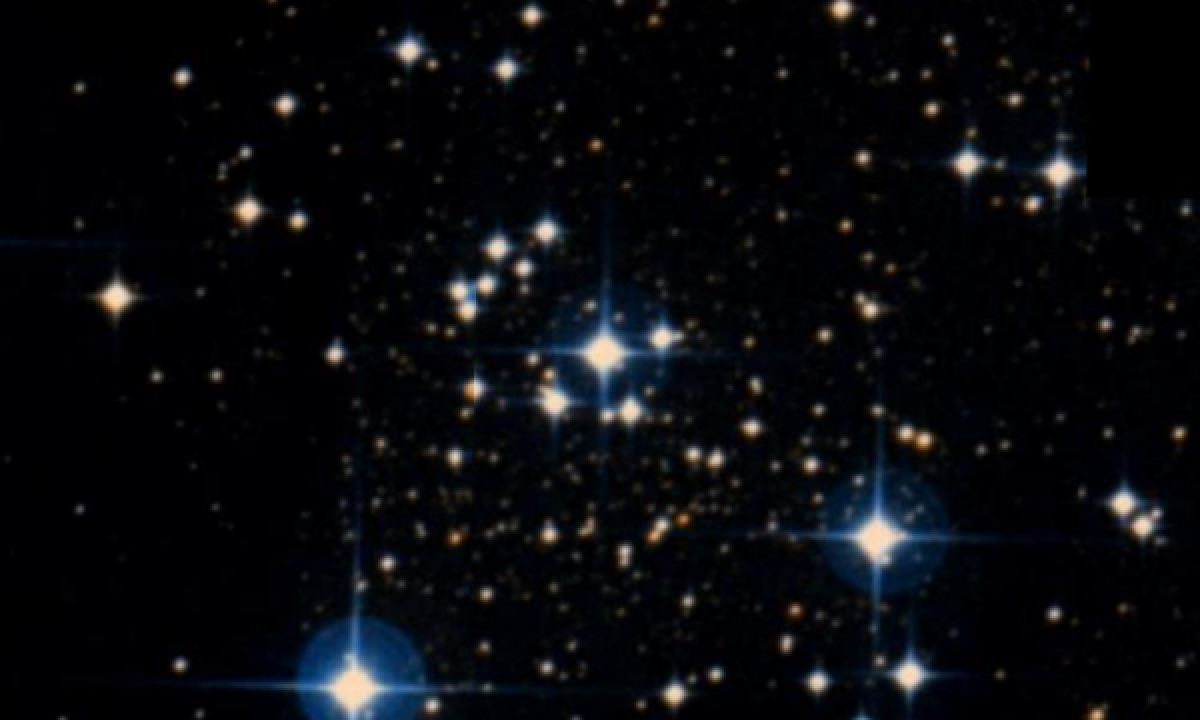The New General Catalogue of Nebulae and Clusters of Stars (abbreviated as NGC) is a catalogue of deep-sky objects compiled by John Louis Emil Dreyer in 1888. The NGC contains 7,840 objects, known as the NGC objects. It is one of the largest comprehensive catalogues, as it includes all types of deep space objects, including galaxies, star clusters, emission nebulae and absorption nebulae.
Know more about NGC
NGC 6250

NGC 6250 is a open cluster of stars in the southern constellation of Ara, near the border with Scorpius. It was discovered by English astronomer John Herschel on July 1, 1834. This cluster has an apparent visual magnitude of 5.9 and spans an angular diameter of 18′, with the brightest member being of magnitude 7.6. About 15 members are visible with binoculars or a small telescope. NGC 6250 is located at a distance of 2,820 ly (865 pc) from the Sun, and is approaching with a mean radial velocity of −10±6 km/s. The Trumpler classification of NGC 6250 is II 3 r, indicating a rich cluster of stars (r) with a slightly disparate grouping (II) and a large brightness range (3). This is a young cluster with an estimated age of 14 million years. Seven cluster members are B-type stars, and three are illuminating reflection nebulae. Two magnetic chemically peculiar stars (CP2) and two candidate Lambda Boötis stars have been identified as members. The metallicity of the cluster members is consistent with the Sun.
More Images:

Sources:
Wikipedia Page: NGC 6250
NGC 6250 at In-The-Sky website
